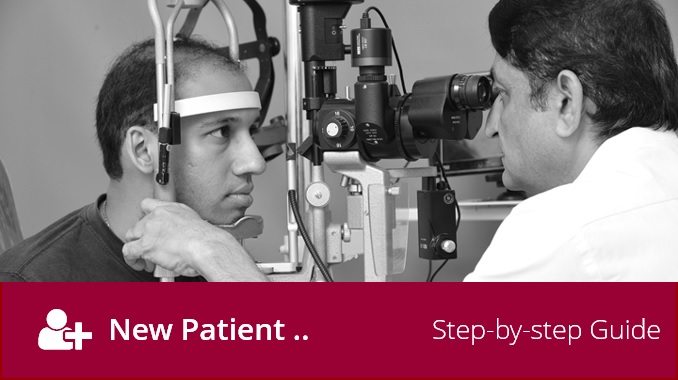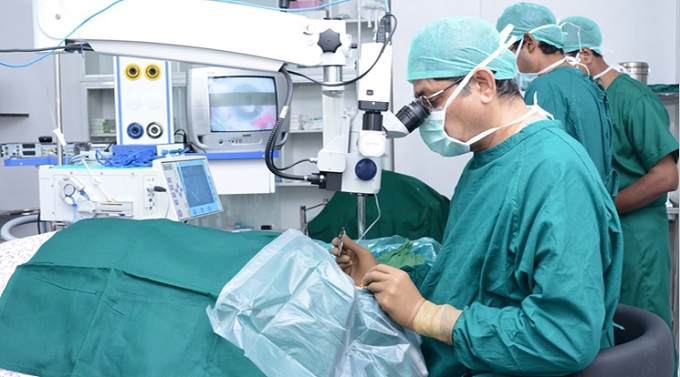
Understanding Medical Insurance
Taking medical insurance looks very simple when we take a policy, but seems very complex when a dear one is hospitalized and we have to deal with terms like cashless, authorization limit, PPN, approval etc. This article aims at demystifying concepts of medical insurance so that you can have an informed conversation with the hospital when the need arises.
Topics covered: (click or tap on each topic to go that section)
This is the company that is actually insuring you against expenses for your medical treatment and to whom the premium is paid. The insurance company indemnifies you against medical expenses incurred , subject to the terms of the insurance policy.
TPAs came into existence when the concept of medical insurance picked up and the insurance companies were struggling with the paperwork that ensured. TPAs are agencies that help the insurance companies with the demanding paper work – vetting claims, communicating with the hospitals and the patients, sending their suggestions to the insurance companies for settlement etc.
The hospital which provides the service to the patient for which expense the patient has submitted claims is called the provider.
The key player is the patient. The individual who takes the policy primarily is called the INSURED. The insured can add family members to the policy who will also get medical coverage. The PATIENT / INSURED, undergoing treatment with a PROVIDER has taken a medical insurance policy with an INSURANCE COMPANY, which has outsourced its paperwork to a TPA.
Ideally all patients would like to go for cashless claim because the reason they went for a medical insurance is to avoid the unpleasant scenario of not being financially prepared for medical treatment. But sometimes the patient does not have a choice. Let us see why this is so!
There are 4 public sector insurance companies in India namely,
These four public sector insurance companies have formed a group called GIPSA (General Insurance Public Sector Assosciation). This association has given preference to some hospitals (PPN – Preferred Provider Network) for cashless treatment. If a particular hospital is in this list, and if you have taken a policy from one of the above insurance companies, you will be able to avail cashless treatment.
A policy can be taken by either an individual (INDIVIDUAL POLICY) or by an employer on behalf of his employees (GROUP POLICY). Most corporates are able to negotiate better deals with insurance companies than individuals. Because of this, a Group Policy holder may be eligible for cashless treatment in a NON-PPN hospital whereas, an individual will not be eligible.
A policy is eligible for cashless only if the PROVIDER / HOSPITAL is empanelled with the Insurance Company / TPA. Empanelment is a process by which the hospital has been checked out by the Insurance Company and TPA on whether it conforms to its norms. If they are satisfied, they empanel the hospital in their NETWORK PROVIDER LIST. Cashless service is given only to hospitals in the Network Provider List.
Most hospitals will have an insurance desk which will be able to guide you on whether your policy is eligible for Cashless or not.
Here are the steps to follow when applying for CASHLESS option.
The patient has been admitted in the hospital, either as an emergency or for a planned treatment. Either way, after admission, let the hospital authorities know that you have an insurance policy and you would like to meet the insurance desk staff.
Check out with the insurance desk if your policy is eligible for cashless option. Make sure you ask all the questions discussed in the previous section.
The insurance desk will ask you for your government photo id, policy copy of policy membership card. Make sure your policy document has validity of date.
Most policies will have a TPA name associated with it. It may be printed on the policy itself or the membership card will have it. If in case you do not have the detail, the insurance desk will help you in finding out your TPA.
Once the above details have been given to the insurance desk, they will send a preauthorization request to the TPA with the proposed line of treatment and an approximate cost for the same.
On receiving the preauthorization form, the TPA will check the documents and the policy term and conditions and accordingly sanction an amount. In most cases, this is only a tentative amount which may change once the final bills are submitted at the time of discharge. For surgeries like Cataract, where the costs are very predictable, insurance companies have fixed authorized limits.
Insurance companies have a list of disposable items that they will not reimburse. Bill for such items will not be covered by the authorized amount and has to be borne by the patient.
How much of your treatment cost is taken care of by your insurance policy depends on a lot of factors like:
Depending on the final authorized amount, the patient will have to pay the difference to the hospital.
On being discharged from the hospital, for a cashless patient, the formalities are very minimal. The responsibility lies with the hospital to send all the required documentation to the TPA / Insurance Company.
The patient is well within his/her rights to get his/her doubts clarified regarding bills and policy details from the hospital, the insurance company and the TPA.
If cashless facility is not available to a patient because the hospital is not empanelled with a particular insurance company or TPA , he/she has the choice of going to a hospital that is empanelled. But most patients feel comfortable continuing with the same doctor who has been treating them and hence may not like to shift hospitals. In such a case, the other option for the patient is to settle the hospital bills upfront and then submit all necessary documents to the insurance company / tpa for reimbursement.
Here are the steps to follow when applying for REIMBURSEMENT option.
Once you know that a hospitalization is imminent, call up the TPA and inform them . You will be given a pre intimation number which has to be quoted in all further correspondence.
Most insurance companies reimburse consultation and investigation bills from up to one month before and after admission. Keep the following original documents in a separate file:
All the above documents should have signature and seal of the concerned authority.
From the date of discharge from the hospital, most insurance companies stipulate a period of one month before which the documents have to be submitted. To be on the safer side, it would be better to submit it within two weeks.
Insurance companies expect original documents. So, take a copy for your records and submit the originals. Take copies of test reports like ECG as they are likely to fade away in a couple of months time.
When there is a TPA for your policy, the claim documents have to be submitted to the TPA and not the insurance company.
Call up the customer care number of the TPA and enquire about status of your claim. Usually it will take minimum two weeks for the first update. Keep your pre-intimation number ready in hand before making the call.
Most insurance companies remit the settlement amount directly to your bank account and hence it is very important that you ensure that they have your latest bank details in their records.
If you are planning for an eye surgery and have queries about insurance process feel free to contact our Insurance desk at Jaya Eye Care Centre with your policy details and medical reports. Contact us by phone 044 2495 2573/74 during hospital working hours.
– The author of the above article is Mrs. Srividhya Ganesh, Administrator, Jaya Eye Care Centre. Email: admin@jayaeyecarecentre.com



